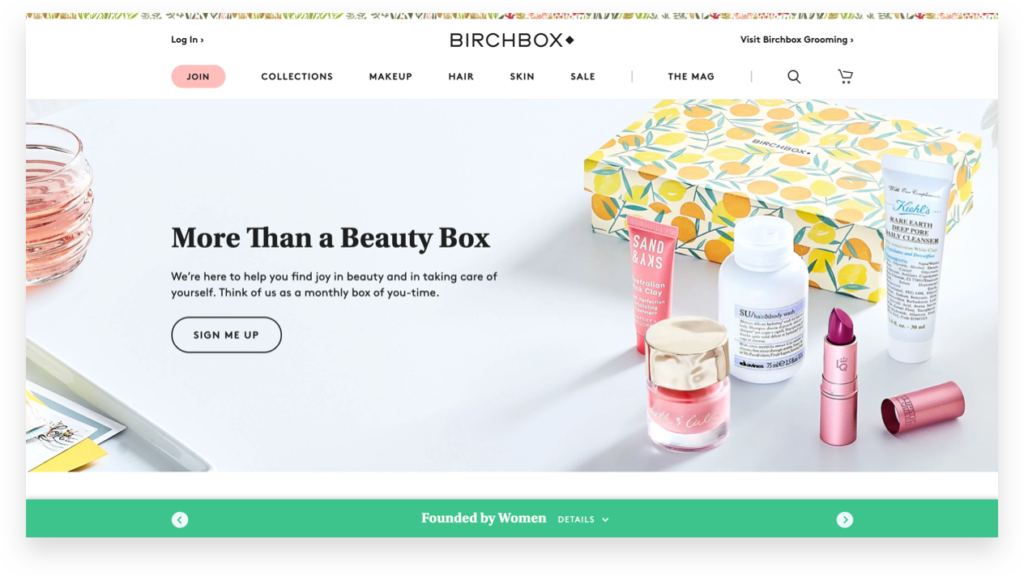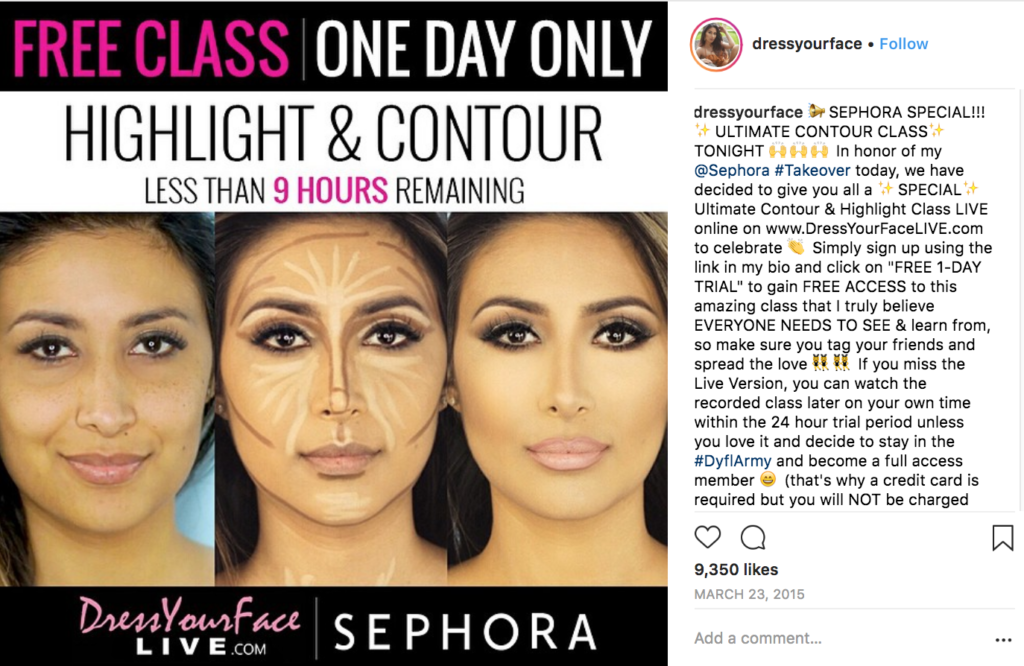This article focuses on the cosmetic industry by sharing the growing importance of ratings and reviews and their impact on beauty brands. We also share several major market trends/tips and how our customer feedback analytics solution can be the perfect ‘concealer’ for treating the needs of cosmetic companies. Also, be sure to check out our new Beauty & Personal Care solution page.
In the age of digital transformation, there is an explosion of beauty brands and product lines, further requiring cosmetic companies to revamp their marketing strategies. Most products are endorsed by celebrities and have a huge social media buzz. These products tend to have a more premium price tag and sell out quickly. Consequently, leading many consumers to seek out new brands or products online.
E-commerce offers customers a wide range of products for all audiences, from the very high-end to the very inexpensive. So, chances are, there is something for every niche market. However, it can also be hard for some shoppers who must filter through all the options.
As more and more people shop online for cosmetic products, many turn to ratings and reviews to find what they want.
How do online ratings and reviews impact cosmetic brands?
Let’s first look at the big picture – the global growth of the beauty industry.
Up from $483 billion in 2020 to $511 billion in 2021 — and with an annual compounded growth rate of 4.75% worldwide — the cosmetic sector is predicted to exceed $716 billion by 2025.
And $784.6 billion by 2027.
The interesting infographic by L’Oreal and Statista can help you visualize those numbers:

Moreover, the e-commerce boom in recent years means more consumers are shopping online while also checking online ratings and reviews with the intent of buying the product.
As we shared in our last post on how consumer reviews influence sales, 83% of customers trust peer buying recommendations and reviews over brand advertising. Other relevant and critical facts to support that notion include:
- 61% of customers read online reviews.
- 90% of shoppers read reviews before buying online.
- Customers typically spend 31% more on brands that have overall positive reviews than negative reviews.
So, it’s very apparent that customers are increasingly using and relying on reviews to decide whether or not they will buy from your brand. Shoppers even calculate how much they will spend and how much they are willing to pay for your products. The voice of the customer has far more power than many companies think.
It becomes especially true for beauty or cosmetic companies. Cosmetic shoppers, women in particular, typically share a strong emotional bond with the products they use. Some are almost always seeking the perfect shampoo, moisturizer, foundation, bath soap, and much more. Once they find something effective, they are more than likely willing to stay loyal to the brand.
Brands with a niche audience or specialty products sell their items in limited stores and thus, rely more on e-commerce reviews to build consumer trust.
That’s why cosmetic companies must proactively monitor and analyze their customer reviews to consider what people (who buy your value) think and feel — essentially, improving upon your beauty products and customer services. The voice of the customer gives immense insights into the current and future beauty trends, your competitors’ tactics and even can help you identify if fake reviews exist.
Some of these major trends in the cosmetic industry are shared in the next section.
3 Cosmetic Industry Trends + Specific Examples
In a Digital Go-To-Market Review report by Forrester, 34 beauty brands were analyzed across five elements for a total of 20 attributes. This resulted in selecting the seven most successful cosmetic companies, which all focused on four critical areas.
Building off the research, here are three trends and tips for success in the cosmetic industry, including specific real examples of successful brands.
Subscription Modeling: First sales, then the customer
Focus first on successfully owning your direct-to-consumer (DTC) sales, such as including a buy button on your website. Then, you can manage the relationship with your customer, and in which case, a subscription service and loyalty program are highly recommended.
Take the example of the subscription beauty startup, Birchbox. They garnered millions of subscribers from their whole “stuff in a box” campaign, out-beating similar competitors offering subscription services.

Influencer: Leverage expert reviewers to increase brand trust
In addition to search engines and marketplaces, organic traffic attracts word-of-mouth marketing and other sources of discovery. A large number of beauty brands have a strong following across several social media platforms. One reason for this is the existence of credible advocates, such as a reputable makeup artist group, influencers, celebrity brand ambassadors, to review their products and star in ads.
For instance, for “Contour Month,” Sephora partnered with an Instagram influencer, Tamanna Roashan, a professional makeup contour artist.

Tamanna and Sephora both promoted the event before, during, and after the takeover. Sephora took advantage of a trending topic (contour month) and featured an influential expert on that particular topic. Additionally, they offered a giveaway. By commenting, liking, and following the campaign, fans increased visibility.
VR & AI: Innovate engaging online experiences
Innovative beauty brands use technology like augmented reality (AR) to create entertaining and engaging website tools. Many brands offer virtual appearances and consultations with beauty experts. On some advanced sites, customers upload and share images of their faces to have them analyzed by a built-in tool. Then, they’d receive personal recommendations for skincare products based on the analysis results.
In a live example, none other than the classic cosmetic household name, L’Oreal, has introduced the successful Virtual Try-on. Using an advanced face tracker algorithm, it detects where your lips, eyes, cheeks, etc., are located and applies virtual cosmetics there. You can move your head and mouth to make the lipstick follow your lips in real time.
 Source: www.loreal-paris.co.uk/virtual-try-on[/caption]
Source: www.loreal-paris.co.uk/virtual-try-on[/caption]
As a result, other market players quickly followed L’Oreal’s footsteps, resulting in 65% of beauty companies being expected to adopt AI-driven conversation campaigns at scale by 2020.
An Advanced VoC analytics Program Is the Perfect Shade for Cosmetic Brands
Wonderflow can help cosmetic brands improve product star ratings and reviews. Our unified AI-based voice of the customer (VoC) analytics solution analyzes and reports on competitors and market trends while sourcing data from various channels, including retailer and supply chain databases.
Don’t be afraid of data. Our system helps to make sense of all the numbers and results, presenting them in an appealing dashboard that is simple to use for any health and beauty professional.
Use the voice of the customer to see which eyeliner sucks, which skin tone shade is most preferred by consumers, why there’s low ROI for a particular line of anti-aging cream, what shoppers think about your new ‘go green’ campaigns, what they might just do next, and many more examples. See our Beauty & Personal Care Industry solution page to learn more.




